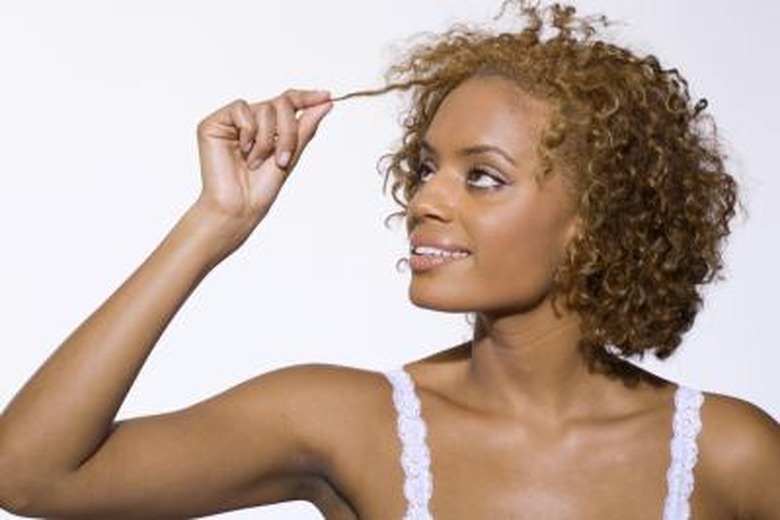Why Do People Have Different Hair Color?
People invest a great deal of time and money into the appearance of their hair. Although we know chemically why hair is colored the way it is, much remains to be learned about the genetics behind hair color. And the question of why humans exhibit the diversity of natural hair colors we see, from blond to black to brown to red, may hold keys to part of our evolutionary history.
Evolution
Evolution
According to the geneticist Luigi L. Cavalli-Sforza, the variety of hair colors we see among people today may be the result of a force called sexual selection. Sexual selection is a force, like natural selection, that shapes evolutionary trajectories. But unlike natural selection, sexual selection focuses specifically on traits related to procuring mates.
According to this theory, diversity in hair color may be the result of more eye-catching hair colors arising by chance, and those rare colors giving their owners an advantage when it came to attracting a mate. Better success at attracting a mate would have meant better success at producing offspring, who would then carry the genes for new hair colors and pass them along to their own offspring.
Pigment
Pigment
Hair color is determined by two types of pigment, eumelanins and pheomelanins, which together produce all the natural hair colors seen in humans. ("Melanin" is the basic term for any pigment, or coloring, in the hair or skin.) Pheomelanins produces the color red, and eumelanins can produce either black or brown pigments.
Eumelanins determine how dark or light the hair will be. A person who produces very little brown eumelanin will have blond hair. Low concentrations of black eumelanin will result in gray hair. Lots of black or brown eumelanin will result in darker hair.
Everyone has some pheomelanins (reddish) coloring in their hair as well. A person with true red hair will produce a high concentration of pheomelanins.
Genetic Complexity
Genetic Complexity
Phenotypes are the physical expressions of a person's genotype, or the unique sequence of DNA that determines a person's makeup. But it's not always straightforward to map physical traits directly onto the genes that produce them because genes often interact in complex ways. Genetic complexity is the case with hair color, the underlying basis of which is not clearly understood. Theories for the genetic control of hair color include a multigene locus for control, and a dominant/recessive gene relationship.
Dominant/Recessive Gene Relationship
Dominant/Recessive Gene Relationship
In a dominant/recessive gene relationship, a child must inherit two copies of the recessive allele for the gene (one from each parent) in order to express that trait (such as hair color) in her phenotype (or appearance). A dominant/recessive model would help explain how two dark-haired parents could produce a blond child, but this model can't completely account for all the variations in human hair color that are seen today.
Hair and Aging
Hair and Aging
Simply put, hair grays when the hair follicles stop producing melanin, specifically the eumelanins and pheomelanins discussed above. Each of us is born with a limited number of pigment cells in our follicles. The precise number is genetically determined. As we age, pigment production falls off and then stops, which results in gray hair. Poor diet, smoking and certain illnesses can speed the process of pigment loss and result in premature graying.
Cite This Article
MLA
Veloz, Liz. "Why Do People Have Different Hair Color?" sciencing.com, https://www.sciencing.com/do-people-different-hair-color-5438253/. 24 April 2017.
APA
Veloz, Liz. (2017, April 24). Why Do People Have Different Hair Color?. sciencing.com. Retrieved from https://www.sciencing.com/do-people-different-hair-color-5438253/
Chicago
Veloz, Liz. Why Do People Have Different Hair Color? last modified March 24, 2022. https://www.sciencing.com/do-people-different-hair-color-5438253/
